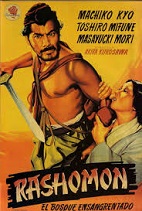
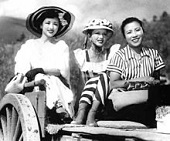
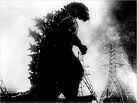





TLW's Japanese Cinemascope™) (Japanese Cinema Historyscope) |
By T.L. Winslow (TLW), the Historyscoper™ |
© Copyright by T.L. Winslow. All Rights Reserved. |
Original Pub. Date: Nov. 19, 2016. Last Update: Jan. 28, 2019. |
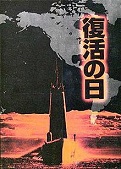

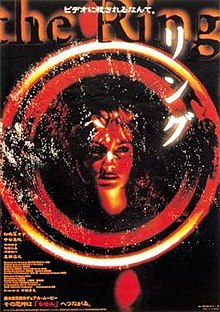
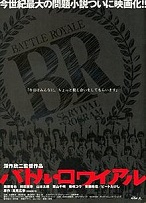
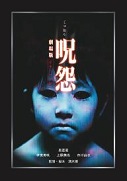
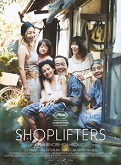
Westerners are not only known as history ignoramuses, but double dumbass history ignoramuses when it comes to Japanese cinema history. Since I'm the one-and-only Historyscoper (tm), let me quickly bring you up to speed before you dive into my Master Historyscope.
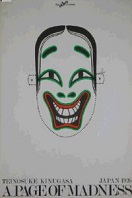
On Sept. 24, 1926 Teinosuke Kinugasa's A Page of Madness (Kurutta Ichipeiji), written by Yasunari Kawabata is a silent horror film by the avant-garde Shinkankakuha (New Perceptions) School; it is lost then rediscovered in 1971; watch movie.

On Aug. 25, 1950 Akira Kurosawa's Rashomon (The Outrage) debuts, based on the short story "In a Grove" by Ryunosuke Akutagawa about four witnesses to the rape of a woman (Machiko Kyo) and murder of her samurai husband (Masayuki Mori), incl. the rapist and the dead man through a medium (Fumiko Honma), who tell four different stories; gains the slant-eyed Japs, er, Japanese an internat. following despite WWII?

On Mar. 21, 1951 Keisuke Kinoshita's Carmen Comes Home (Karumen Kokyo ni Kaeru) debuts, about country girl Lily Carmen (Hideko Takamine), who goes to the big city, becomes a stripper, then returns home and causes a scandal; Japan's first color film; budget: 6.8B yen.


On Nov. 3, 1954 Ishiro Honda's Godzilla, King of the Monsters featuring campy 164-ft. not-a-T-Rex Godzilla (Gojira) (Jap. "gorilla + whale") (an obvious man in a suit on a sound stage, played by Haruo Nakajima) is released by the Japanese to work out their mental problems over the A-bomb; Hollywood mogul Joseph Edward Levine (1905-87) gets a U.S. vers. made by intercutting Canadian actor Raymond William Stacy Burr (1917-93), which is shown in 1956; "This is it, George. Steve Martin signing off from Tokyo, Japan"; the sequels introduce monsters Barugon (lizard), Biollante (giant rose), Doroga (jellyfish), Ebirah (shrimp), Gamera (turtle), Gappa (lizard), Ghidorah (3-headed monster), Gigantis (fire monster), Goke (vampire), Gorath (reptile), Gyaos (fox), Hedorah (smog monster), Mantanga (fungus), Mothra (moth), Rodan (pterodactyl), Varan (bat), Viras (squid), and Zigra (shark).

On June 28, 1980 Kinji Fukasaku's Virus (Fukkatsu no hi) (Day of Resurrection) (Toho) debuts, a post-apocalyptic sci-fi film based on the novel by Sakyo Komatsu, about the super virus MM88, which amplifies the potency of other viruses and is accidentally released, causing the Italian Flu Pandemic, killing everybody on Earth except 855 men and eight women in Antarctica, where the virus is inactive; too bad, the U.S. Automated Reaction System (ARS) threatens to launch nuclear Armageddon after the next earthquake, causing a desperate mission to be launched aboard the submarine Nereid to shut it down; also features gaijin Yankee actors Glenn Ford, George Kennedy, Chuck Connors, Olivia Hussey, Edward James Olmos, Henry Silva, and Bo Svenson; the most expensive Japanese film to date; features the song "You Are Love" (Toujours Gai Mon Cher) by Janis Ian; watch film.

On May 31, 1985 Akira Kurosawa's Ran (Jap. "uprising") debuts, based on Shakespeare's "King Lear", starring Tatsuya Nakadai as aging warlord Hidetora Ichimonji becomes the most expensive Japanese film produced to date ($12M), winning kudos from critics; musical score by Toru Takemitsu, inspired by Gustav Mahler; does $12M box office in Japan, and $2M-$3M in the U.S.

On Jan. 31, 1998 Hideo Nakata's Ring (Toho) debuts, based on the novel by Koji Suzuki about the Japanese folk tale of Bancho Saryashiki, a servant who was wrong and returns from the dead to haunt the perps, starring Nanako Matsushima as a reporter on the run to investigate the mystery behind a cursed videotape that kills the viewer seven days after watching it; does 1 billion yen box office; followed by Rasen (1998), which is released the same day; inspires the Am. film "The Ring" (2002); watch trailer; view clip;

On Dec. 16, 2000 Kinji Fukasaku's Battle Royale (Toei Co.) debuts, based on the 1996 novel by Koushun Takami, about a future Japan called the Repub. of Greater East Asia where each h.s. class is forced to bloodily fight to the last student, popularizing the term "battle royale"; banned in several countries, making it more popular?; makes a fan of Quentin Tarantino; does $26M box office on a $4.5M budget; followed by "Battle Royale II: Requiem" (2003); watch trailer; view clip; watch film.

On Jan. 25, 2003 Takashi Shimizu's Ju-on: The Grudge (Pioneer LDC) (Nikkatsu) debuts, a Japanese supernatural horror film, #3 in the Ju-on Series, and first to be theatrically released, about a house in Nerima, Tokyo that spreads the curse of crushed-throat Kayako Saeki (Takako Fuji) to the place a person dies in intense rage or extreme sorrow; does $3M box office; followed by "Ju-on: The Grudge 2" (2003), as well as the Am. remake "The Grudge" (2004) and sequels; watch film; view clip.

On May 13, 2018 Hirokazu Kore-eda's Shoplifters (Aoi-Pro Inc.) (GAGA Pictures) debuts, about a group of poor people in Tokyo who love to shoplift; does $55.2M box office; a favorite of Pres. Barack Obama.